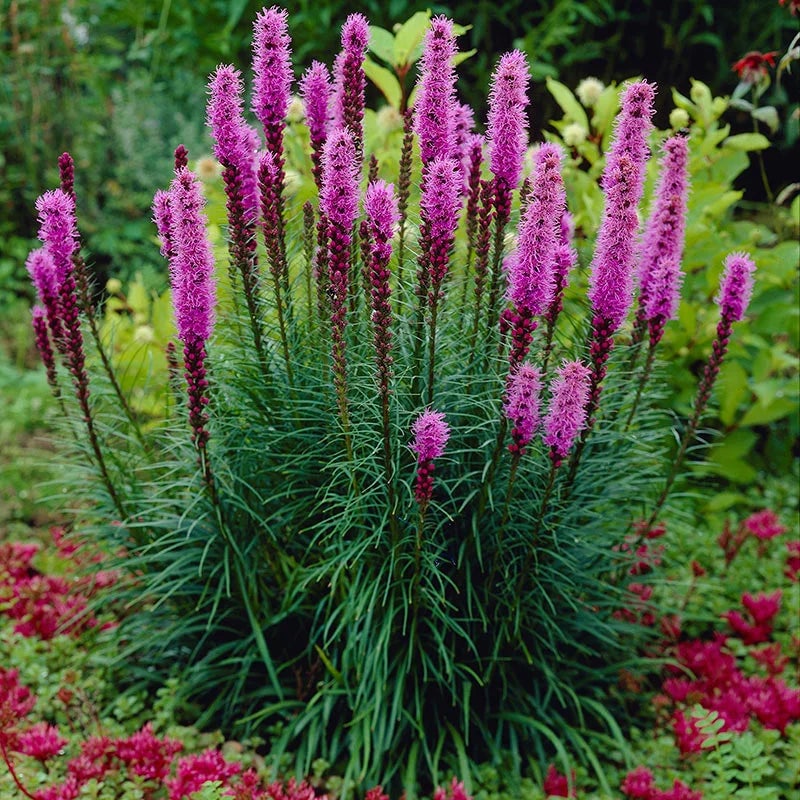It can be heartbreaking to leave a garden behind when moving, especially when so many are being forced to leave their homes due to a downtrodden economy. You have the perfect garden, but you may have to move from your home. If you must move, then try scooping up plants from your garden and placing them in pots. Keep your favorite garden plants in pots to preserve your favorite variety of foliage. That will make it easier for you to transfer your plants to your new garden area, or you can leave your garden plants in the pot.
When moving to a new home, be sure to scope out your yard. Chances are you may already have a lush, fertile ground to work with to start growing plant life once more.
If you are dealing with sick or rough soil, tend and till the soil while adding the necessary nutrients. Since you are familiar with the nutrient types needed to grow in your previous garden, add the same level of nutrients to your new garden bed if you deal with an area like clay soil until the ground is loose and fertile. Add sharp, natural sand to clay soil to break up any clumps.
Add the necessary compost, a fertilizer that will support the soil and help plants grow. You can test your soil by mail if you are dealing with unknown soil types. Once a suitable foundation is set, you are free to transport any potted plants to the soil and add the necessary water to the ground. You can even dig up a side hole to check on root health and ensure that your roots adapt to new soil.
Transport any plants you saved from your old garden and add some new plants to make your new area fuller and more beautiful than before. Moving your garden or starting from scratching is a great way to make your new garden more attractive than the previous one.
It will give you a sense of determination when making a new garden from scratch and possibly start a whole new gardening area.
Turn a negative into a positive by building on what you had started with your previous garden.
Source of Tips on Starting a New Garden
Read more

Gardening requires watering, fertilizing, mulching, and composting at just the correct times. It can be hard to remember, and if you are often forgetful, keep a calendar to track the days when you ...

A gardener sets aside a part of each day to tend to the garden, watering and hoping for the first sprouts, becoming more attuned to the world around us as we listen to the water and watch the natur...




